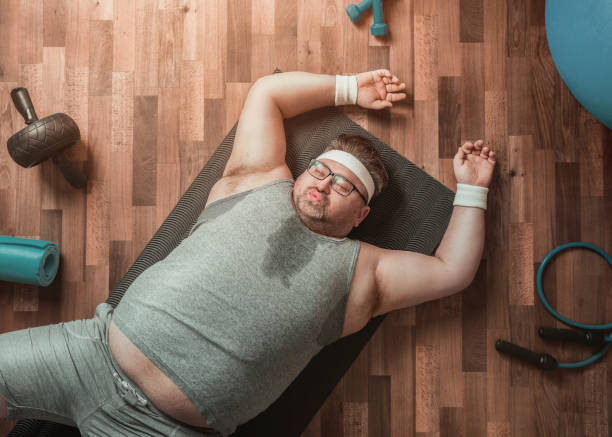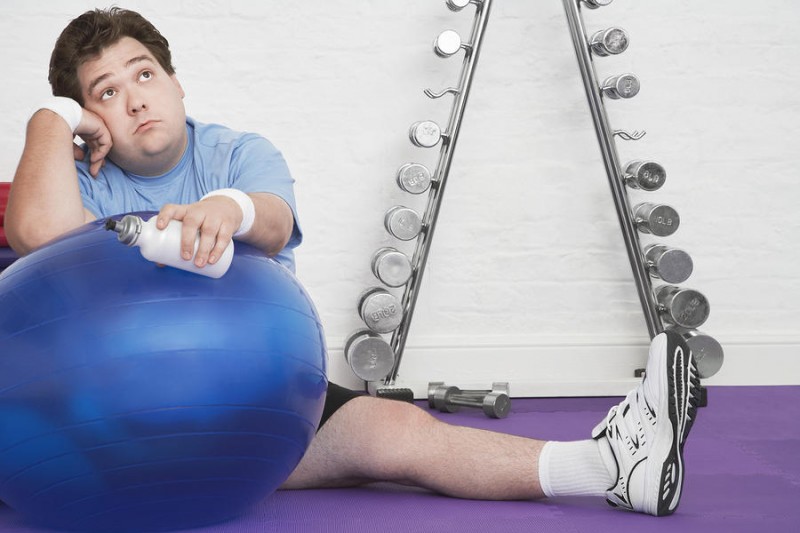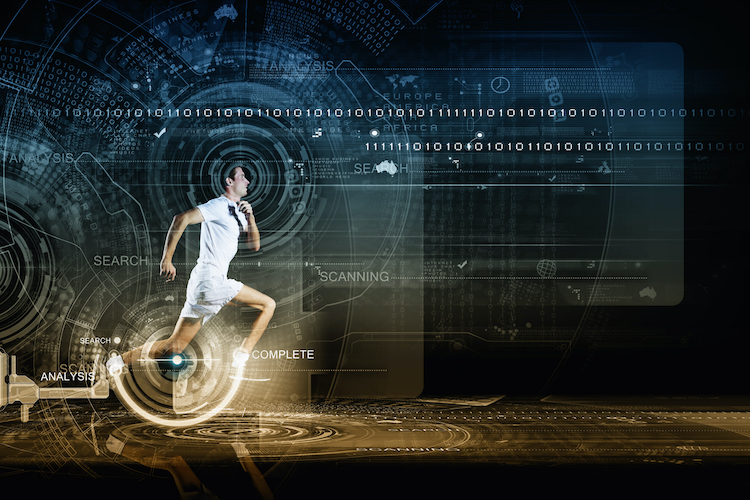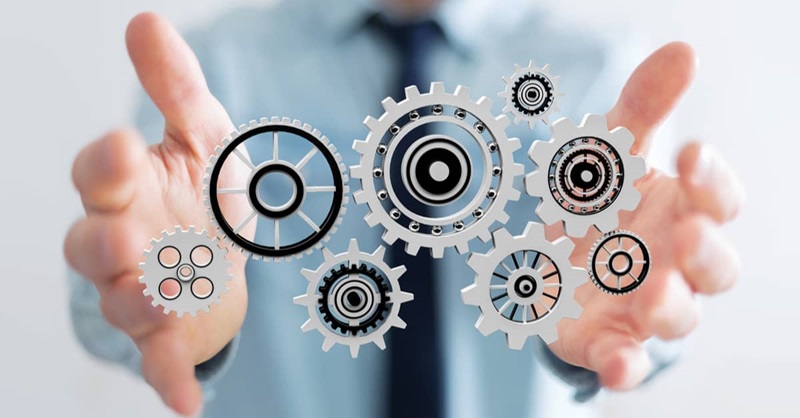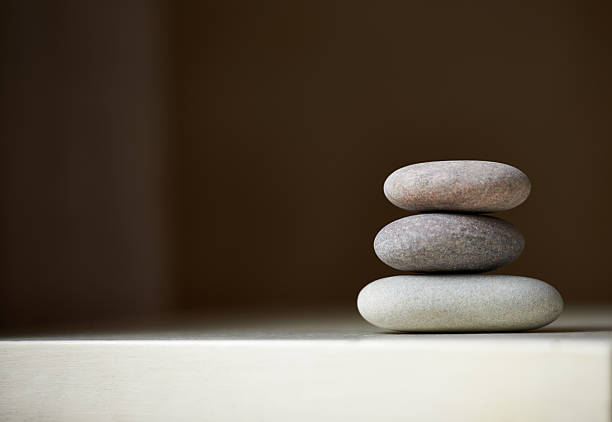
By Coach J
If you’ve been following this series, you know by now—we don’t chase trends at Aruka. We build principles, not just programs.
And when it comes to performance development—whether you’re an athlete, a coach, or someone trying to move better and live longer—you need a solid foundation.
I call that foundation The Three Big Rocks of Aruka Performance:
- Skill Mastery
- Bio-Motor Ability Enhancement
- Movement & Athletic Neurogenics
These aren’t just concepts. They’re the pillars that hold up everything we do—from training and return-to-play, to longevity and youth development.
Let me walk you through each one.
Big Rock #1: Skill Mastery
Skill is the gateway to performance. Period.
I’ve said it before, and I’ll say it again – while a certain amount of stability and strength are needed to gain and improve skills —skill must come before strength, speed, or load program emphasis. If you can’t move well, you won’t train well. And if you don’t train well, you won’t last.
That’s why Aruka starts by teaching and restoring what I call the Movement Skills for Life:
Balance, Walk, Run, Sprint, Jump, Skip, Hop, Shuffle/Slide, Throw, Catch, Strike, Kick
These aren’t just for kids. They’re the foundation of everything from elite-level sprinting to everyday mobility.
We assess many of these skills along with important fitness skills through our Movement IQ Screen. We identify gaps, then rebuild movement confidence with intentional drills, corrective strategies, and skill coaching.
Skill is the great equalizer—it benefits the young and the aging, the strong and the broken. When you master skill, everything else becomes more powerful.
Big Rock #2: Bio-Motor Ability Enhancement
Once skill is solid, now we develop the engine.
Bio-motor abilities are the raw performance traits that every human possesses—and every athlete must refine:
- Strength
- Endurance
- Speed
- Power
- Agility
- Coordination
But here’s the catch: These traits are only valuable when they’re expressed through movement.
It’s not enough to be strong—you must move strong.
It’s not enough to be fast—you must move fast with control.
At Aruka, we train athletes to display these abilities in all three planes of motion—sagittal, frontal, and transverse—because life and sport don’t happen in a straight line.
We integrate these qualities into both performance and recovery programs, using structured progressions, individualized dosing, and—always—proper skill execution.
Big Rock #3: Movement & Athletic Neurogenics
This is the Aruka differentiator.
Most training systems focus on muscles.
We focus on brains and bodies—together.
Athletic Neurogenics is our brain-body training model that combines:
- Movement patterns
- Cognitive tasking
- Novel coordination drills
- Skill sequencing
- Decision-making and timing challenges
It’s neuroplasticity in motion—designed to:
- Sharpen coordination
- Build new neural pathways
- Improve rhythm and reaction
- Enhance adaptability
- Boost mental engagement
This system is powerful for:
- Youth developing motor control
- Injured athletes rebuilding brain-body trust
- Aging adults seeking cognitive longevity
- High performers refining their edge
And here’s the truth: If your training isn’t training your brain, it’s leaving performance on the table.
Why These Rocks Matter
These three Big Rocks work together, not separately.
- Skill without bio-motor development is limited.
- Bio-motor power without skill is risky.
- And both without neurogenics? You’re training the body—but not the system that controls it.
Performance That Lasts
Anyone can push hard for six weeks.
But that’s not what we’re after.
We’re building:
- Lifelong movers
- Injury-resistant athletes
- Confident, coordinated individuals
- People who feel free and capable in their own bodies
And we do that by honoring the Three Big Rocks.
Skill makes you efficient.
Power makes you dangerous.
Neurogenics makes you adaptable.
